The user interface (UI) of a website plays a pivotal role in shaping the overall user experience and satisfaction, affecting multiple aspects of a visitor’s interaction with the site. A thoughtfully designed UI that aligns with key usability principles can have a strong positive influence on user perceptions and behaviors.
First impressions are critical, as website visitors will form initial judgments about a site’s credibility and quality within seconds based on the visual design and layout. A clean, uncluttered, and aesthetically pleasing UI helps make a strong first impression, while a cluttered or outdated UI can immediately turn visitors away.
Accessibility and User Friendliness: Beyond appearances, the UI design must prioritize usability through findability, efficiency, memorability, and accessibility. An intuitive navigation scheme allows users to easily locate desired content and features. Well-structured page layouts, minimalist designs, and strategic calls to action (CTA’s) guide users through key workflows. Consistent UI patterns and elements build familiarity across site sections. Adherence to web accessibility guidelines ensures all users can access and use the UI effectively.
User engagement and conversions are also directly influenced by the quality of the UI. Interactive elements like parallax scrolling, hover effects, animations, and immersive visuals can capture attention and promote deeper engagement with site content. Clear calls-to-action, frictionless forms, descriptive buttons, and seamless checkout processes remove barriers to conversion.
The UI is equally important for establishing credibility and trust. A polished, professional visual design communicates quality and authority, while outdated or broken interfaces have the opposite effect. Strong information architecture, uncluttered layouts, and purpose-driven UI flows also provide reassurance the site was designed with users’ goals in mind.
- First impressions: A well-designed and visually appealing UI creates a positive first impression, which increases the likelihood that visitors will stay and explore the website further.
- Usability: An intuitive and user-friendly UI allows visitors to easily navigate the site, find relevant information, and complete desired actions, such as making a purchase or signing up for a newsletter. A poor UI can lead to frustration and cause users to abandon the site.
- Accessibility: A good UI ensures that the website is accessible to all users, including those with disabilities or using assistive technologies. This not only provides a positive user experience but also helps in complying with accessibility guidelines and regulations.
- Engagement: An engaging UI, with interactive elements and dynamic content, can increase user engagement, encourage repeat visits, and foster a sense of community around the website.
- Trust and credibility: A professional and polished UI can enhance a website’s credibility and trustworthiness, making visitors more likely to trust the content, recommendations, or products offered on the site.
- Conversion rates: A well-designed UI can have a direct impact on conversion rates by making it easy for users to complete desired actions and reducing friction in the conversion process.
- Branding and identity: The UI contributes to a website’s overall branding and visual identity, helping create a consistent and memorable user experience that aligns with the brand’s values and messaging.
- User satisfaction: A positive user interface experience often leads to higher user satisfaction, which in turn can result in positive word-of-mouth, referrals, and recommendations.
In summary, the UI impacts multiple dimensions of the user experience – first impressions, usability, accessibility, engagement, trust, satisfaction, and conversions. Investing in UI/UX design is critical for crafting websites that effectively serve target users and advance business goals. The ideal UI balances aesthetics, functionality, and strategic outcomes to create positive experiences that build lasting user relationships.

To maximize these positive effects on website visitors, it’s essential to invest in UI design that prioritizes usability, accessibility, and aesthetics, as well as to regularly test and update the design based on user feedback and evolving best practices.
